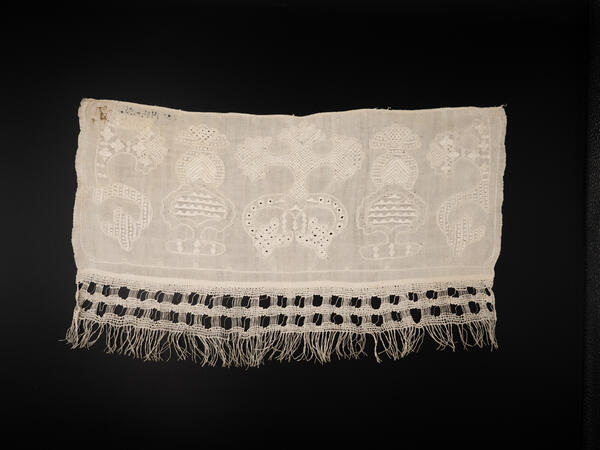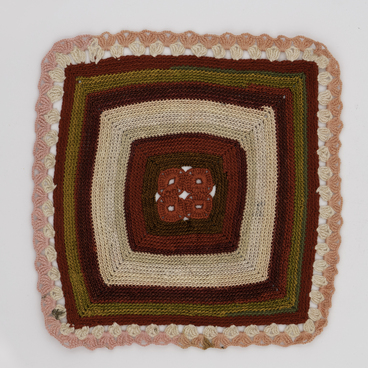Traditionally, a girl began to prepare for marriage long before the wedding and the appearance of a potential groom. First of all, the preparations concerned the dowry of the future bride. Sometimes caring parents began to collect it on the same day when a girl was born in the family. The mother put pieces of cloth, shawls, scarves, bed linen, and rugs in a special trunk. Then the girl herself continued collecting: she wove canvases, embroidered towels, knitted tablecloths, and homemade rugs. The dowry also included a featherbed, a pillow, and a quilt. Often, kitchen utensils and even livestock were added to it.
On the wedding day, it was customary to demonstrate the wealth of the bride showing off the quantity and quality of the dowry. To do this, large trunks with what the girl had managed to collect, were placed on the cart during the wedding procession. Some of them were opened so that people could see things from there, for example, a samovar. The richer the bride’s dowry was, the higher the opinion was of her family. In such cases, people said that the groom was lucky. But sometimes the bride was from a poor family, and in that case, the groom had to buy the dowry, so as not to disgrace himself in front of people.
The museum collection includes several items of a wedding dowry. Among them is the end of the towel, decorated with an ornament. On it, one can see the image of the World Tree and the image of the Mother Goddess. According to the museum documents, the items most likely belonged to Agnia Yudina, the daughter of the Krasnoyarsk merchant-bibliophile Gennady Yudin (or even were made by her).
In the Krasnoyarsk Regional Museum of Local History, there are several things made by Agnia Yudina, which testify to the brilliant unique talent of the girl. However, her fate was tragic. She never started a family. After the revolution and the civil war, she and the rest of the family lost part of her property and privileges. And in 1932, together with her brother Leonid, she was arrested during the so-called golden campaign — a series of fabricated arrests that affected gold miners and entrepreneurs of the region. Soon she was released. And in 1933, she died of typhus.
On the wedding day, it was customary to demonstrate the wealth of the bride showing off the quantity and quality of the dowry. To do this, large trunks with what the girl had managed to collect, were placed on the cart during the wedding procession. Some of them were opened so that people could see things from there, for example, a samovar. The richer the bride’s dowry was, the higher the opinion was of her family. In such cases, people said that the groom was lucky. But sometimes the bride was from a poor family, and in that case, the groom had to buy the dowry, so as not to disgrace himself in front of people.
The museum collection includes several items of a wedding dowry. Among them is the end of the towel, decorated with an ornament. On it, one can see the image of the World Tree and the image of the Mother Goddess. According to the museum documents, the items most likely belonged to Agnia Yudina, the daughter of the Krasnoyarsk merchant-bibliophile Gennady Yudin (or even were made by her).
In the Krasnoyarsk Regional Museum of Local History, there are several things made by Agnia Yudina, which testify to the brilliant unique talent of the girl. However, her fate was tragic. She never started a family. After the revolution and the civil war, she and the rest of the family lost part of her property and privileges. And in 1932, together with her brother Leonid, she was arrested during the so-called golden campaign — a series of fabricated arrests that affected gold miners and entrepreneurs of the region. Soon she was released. And in 1933, she died of typhus.



